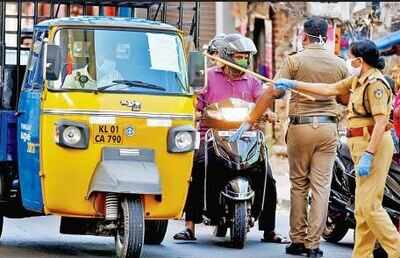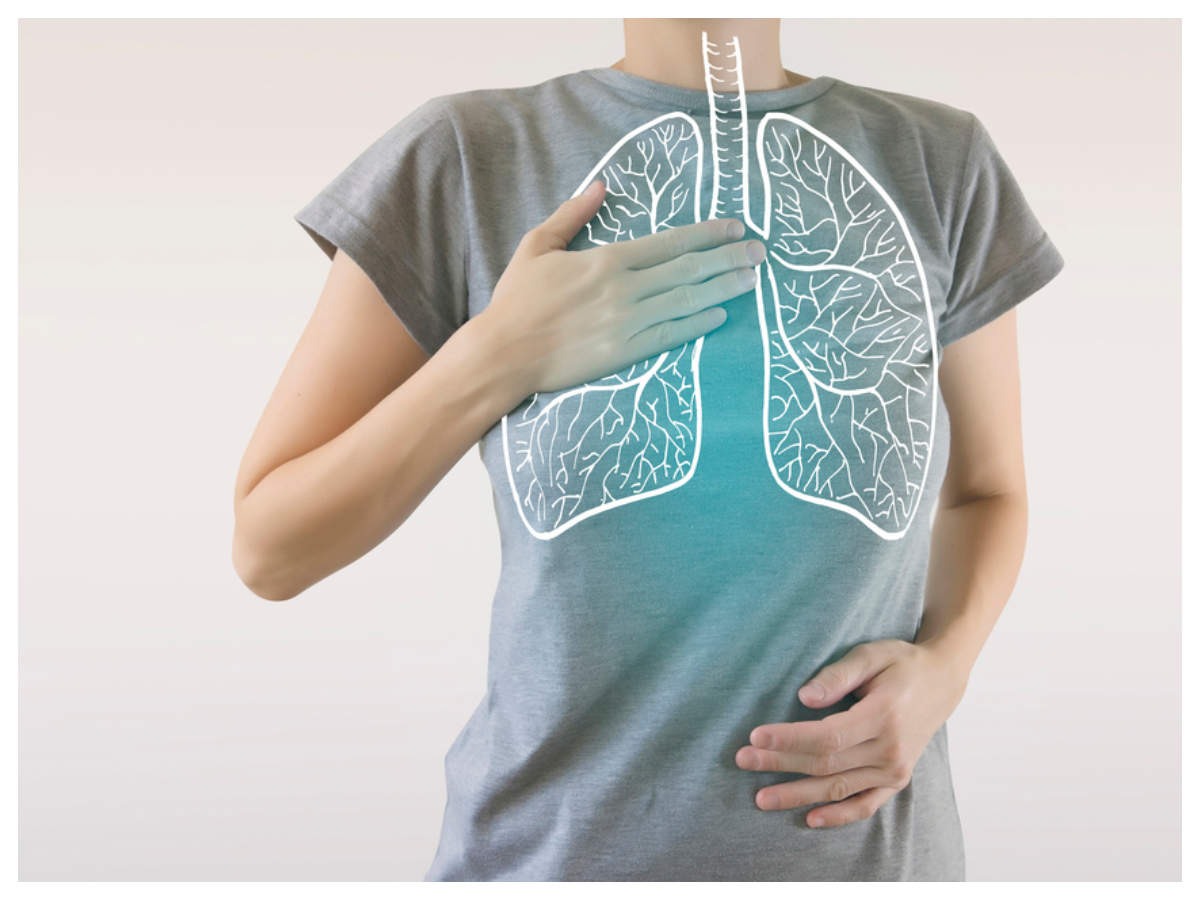
THIRUVANTHAPURAM: State government, which enlisted hotspots irrespective of colour-coded zones within districts, employed a statistical methodology that may have sorely missed real-time data, eventually resulting in flawed choices in many districts.
The methodology for identifying hotspots was decided by state executive committee, chaired by the chief secretary, on Sunday in consultation with senior epidemiologists. The model assigned a weightage to positive cases, primary contacts and secondary contacts in each local body and then a fixed value was determined: which is 0.34. All local bodies with values above 0.34 were identified as hotspots.
While epidemiologists agree on the methodology, it based the data on cases and contacts on Covid-19 tracker; a web-based monitoring portal where data from all districts are pooled on a daily basis. State disaster management authority – which provided technical support in determining hotspots – derived data from Covid-19 tracker.
The line list kept by health department was replaced with Covid-19 tracker for data tracking and management by mid-March. The lack of proper updation resulted in data mismatch between web portal and line list. For instance, the data on positive cases, primary contacts and secondary contact (as on April 16) was taken for hotspot analysis. In many districts, the number of primary contacts and secondary contacts – as shown in the table of hotspots –differ from actual values recorded by health department (as on April 16).
For instance, Trivandrum corporation had an active case from Manacaud ward, but this case had zero primary and secondary contacts as per health department records. The hotspot table showed that the patient had 80 primary contacts and 15 secondary contacts and the value for Trivandrum corporation was calculated as 1.2, making it a hotspot and extending strict restrictions across 100 wards.
For a single case in one ward with no contacts, an entire corporation area with 100 wards was designated as hotspot. Varkala, which has no active cases, had 94 contacts as per the table, however all contacts had completed quarantine period days ago.
Wayanad had enlisted five panchayats as hotspots considering anticipated arrival of NRKs, population density, presence of vulnerable population and the like. One of the two hotspots identified by health department is Vellamunda panchayat and table showed 47 primary and 20 secondary contacts. Actual data had far lesser number of contacts and many of them had completed quarantine period. Many contacts of cases identified in neighbouring districts were traced to Vellamunda, but still that number doesn't add up here, as per criteria.
The methodology for identifying hotspots was decided by state executive committee, chaired by the chief secretary, on Sunday in consultation with senior epidemiologists. The model assigned a weightage to positive cases, primary contacts and secondary contacts in each local body and then a fixed value was determined: which is 0.34. All local bodies with values above 0.34 were identified as hotspots.
While epidemiologists agree on the methodology, it based the data on cases and contacts on Covid-19 tracker; a web-based monitoring portal where data from all districts are pooled on a daily basis. State disaster management authority – which provided technical support in determining hotspots – derived data from Covid-19 tracker.
The line list kept by health department was replaced with Covid-19 tracker for data tracking and management by mid-March. The lack of proper updation resulted in data mismatch between web portal and line list. For instance, the data on positive cases, primary contacts and secondary contact (as on April 16) was taken for hotspot analysis. In many districts, the number of primary contacts and secondary contacts – as shown in the table of hotspots –differ from actual values recorded by health department (as on April 16).
For instance, Trivandrum corporation had an active case from Manacaud ward, but this case had zero primary and secondary contacts as per health department records. The hotspot table showed that the patient had 80 primary contacts and 15 secondary contacts and the value for Trivandrum corporation was calculated as 1.2, making it a hotspot and extending strict restrictions across 100 wards.
For a single case in one ward with no contacts, an entire corporation area with 100 wards was designated as hotspot. Varkala, which has no active cases, had 94 contacts as per the table, however all contacts had completed quarantine period days ago.
Wayanad had enlisted five panchayats as hotspots considering anticipated arrival of NRKs, population density, presence of vulnerable population and the like. One of the two hotspots identified by health department is Vellamunda panchayat and table showed 47 primary and 20 secondary contacts. Actual data had far lesser number of contacts and many of them had completed quarantine period. Many contacts of cases identified in neighbouring districts were traced to Vellamunda, but still that number doesn't add up here, as per criteria.

Coronavirus outbreak
Trending Topics
LATEST VIDEOS
City
 Watch: Clash breaks out between Punjab Police and shopkeepers for not following lockdown
Watch: Clash breaks out between Punjab Police and shopkeepers for not following lockdown  Chhattisgarh: Nisha Jindal, with 10,000 Facebook fans, turns out to be a man
Chhattisgarh: Nisha Jindal, with 10,000 Facebook fans, turns out to be a man  COVID-19: Cops attacked and held hostage in Madhya Pradesh's Rajgarh for enforcing social distancing
COVID-19: Cops attacked and held hostage in Madhya Pradesh's Rajgarh for enforcing social distancing  Will get back to my duty once I recover fully, says Punjab cop whose hand was chopped off
Will get back to my duty once I recover fully, says Punjab cop whose hand was chopped off
More from TOI
Navbharat Times
Featured Today in Travel
Quick Links
Kerala Coronavirus Helpline NumberHaryana Coronavirus Helpline NumberUP Coronavirus Helpline NumberBareilly NewsBhopal NewsCoronavirus in DelhiCoronavirus in HyderabadCoronavirus in IndiaCoronavirus symptomsCoronavirusRajasthan Coronavirus Helpline NumberAditya ThackerayShiv SenaFire in MumbaiAP Coronavirus Helpline NumberArvind KejriwalJammu Kashmir Coronavirus Helpline NumberSrinagar encounter
Get the app



